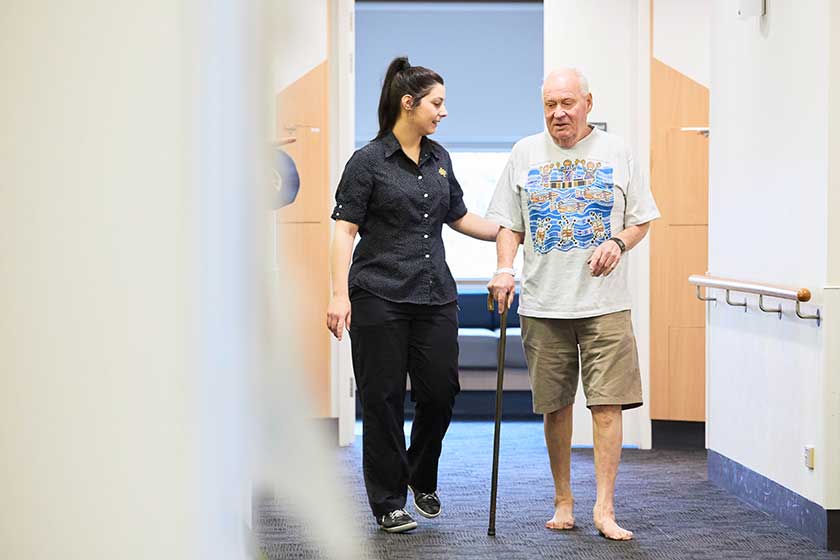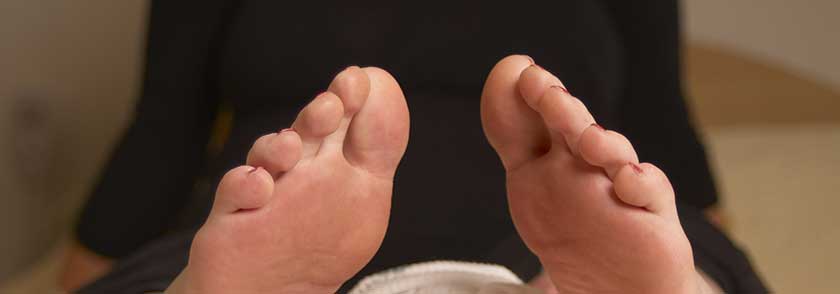A stress fracture occurs when there is a small crack or severe bruising in a bone.
The weight-bearing bones of your foot and lower leg are most vulnerable to getting stress fractures.
Why do stress fractures occur more frequently in feet?
Stress fractures in general are caused by overuse or repetitive activities and are common in athletes particularly runners.
Your feet carry the burden of your weight and they absorb the majority of the repetitive forces that occur during walking, running and jumping.
The second and third metatarsals in your feet are the most common sites for stress fractures to occur.
Signs of stress fractures
The most common sign of a stress fracture is pain, in particular pain that gets worse during weight-bearing activities.
Other signs include:
- pain that reduces when you rest your feet
- pain that gets gradually worse during everyday activities
- swelling and tenderness on the top of the foot
- bruising.
Treatment
As soon as you notice pain in your foot and think it may be a stress fracture, you should stop the activity you are doing and follow the RICE (rest, ice, compression and elevation) protocol.
You should then see your General Practitioner (GP) who can refer for scans and to an orthopaedic surgeon for further treatment.
Non-surgical options
Your doctor may advise you to rest and avoid certain activities to give your foot a chance to heal. You may also be advised to wear a brace or support to keep your foot stable.
Surgery
Some stress fractures need surgery to heal properly and often pins or screws are inserted to keep the small bones together.
Rehabilitation
Stress fractures takes time to heal.
Your doctor or physiotherapist will advise you when you can return to doing the activities you love but this may be a gradual process.
You may also be prescribed some exercises and techniques to help strengthen your foot and avoid reinjuring it.












